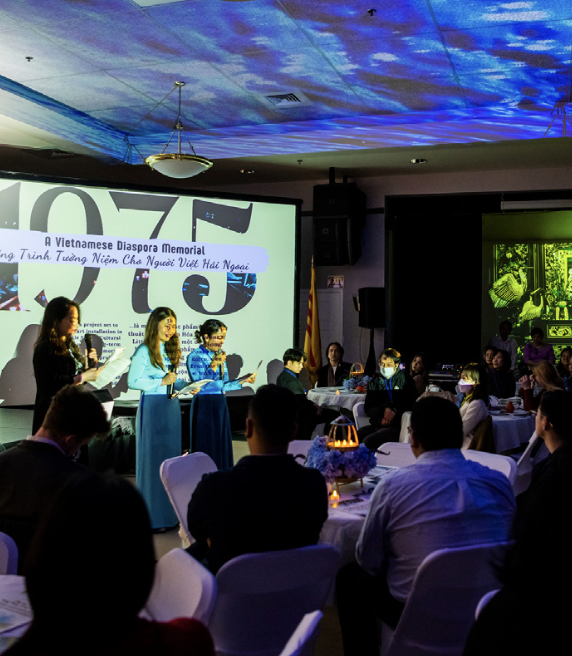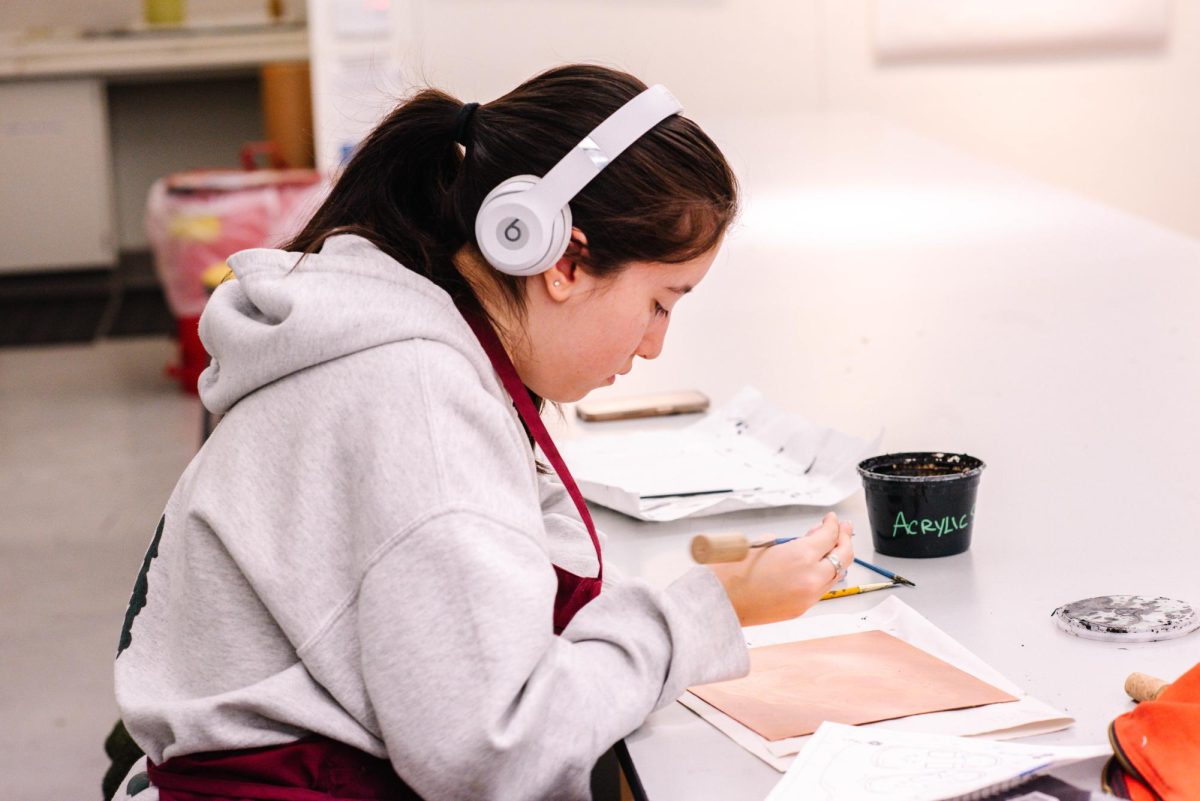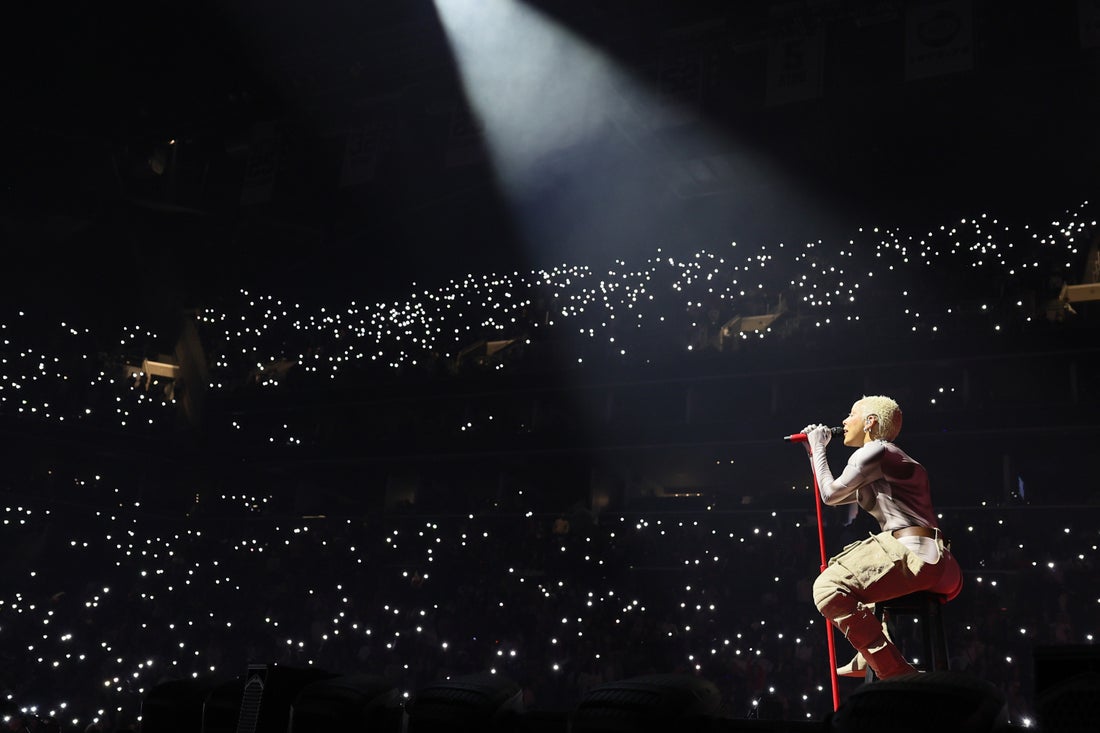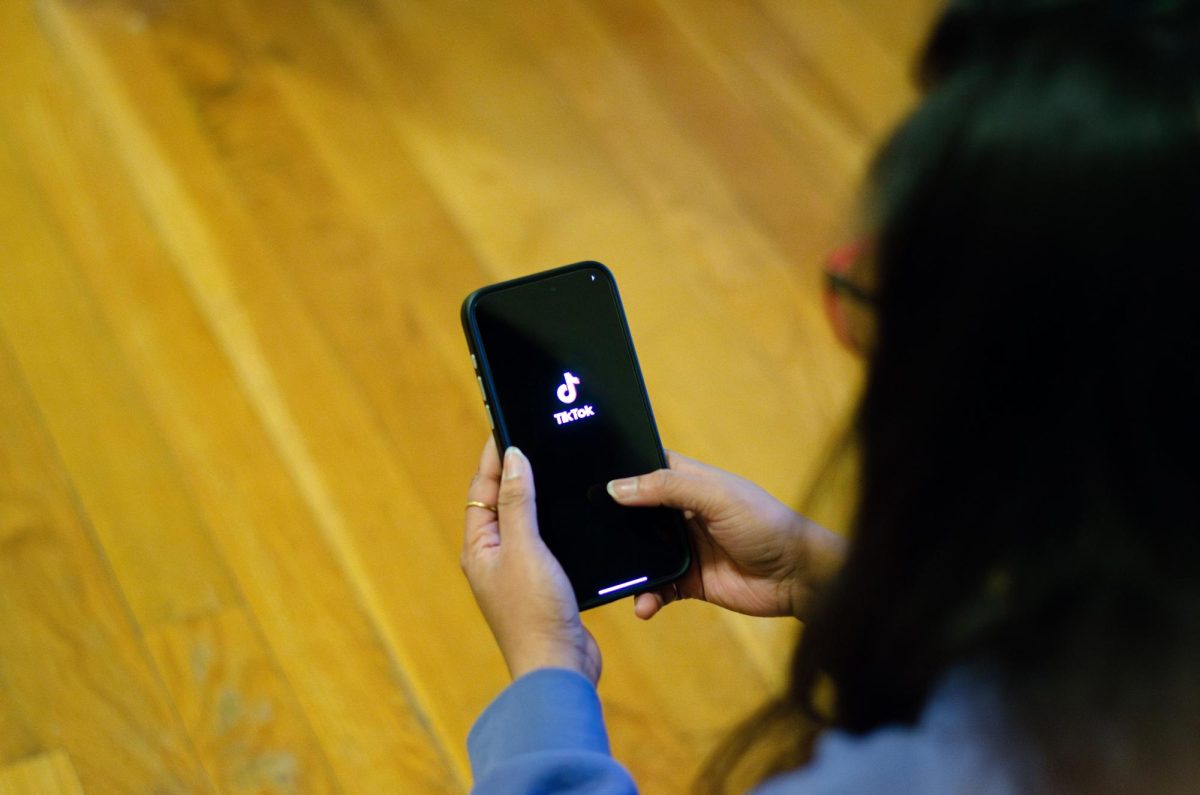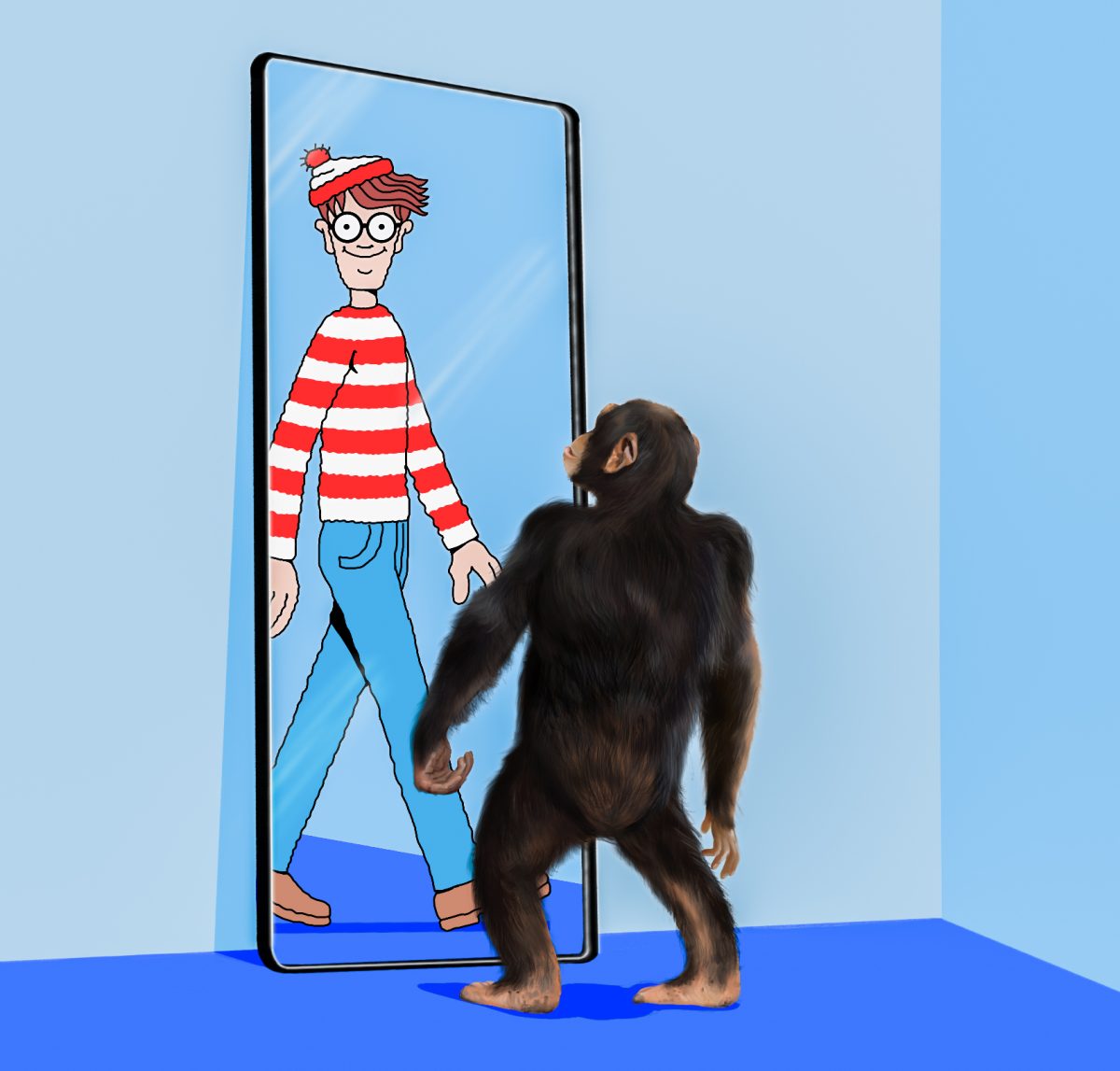It started simple enough. UMass Boston professor of behavioral sciences, Tim Woodlock, wondered whether or not he could train a chimpanzee to find Waldo in a “Where’s Waldo” book. After persuading the University to fund his experiment by insisting that it would be “really cute and funny” and attract media attention, he acquired a 17-year-old male chimpanzee from the Franklin Park Zoo, purchased some Waldo books from a local Barnes & Noble and hunkered down in his campus laboratory.
Despite Woodlock expecting the tests to take multiple months, he was surprised when the chimp—whom he named Waldo to be cute and funny—aced the visual puzzles almost immediately and with lightning-fast speed that surpassed even the most eagle-eyed, quick-witted human. As soon as Woodlock turned to a new page of the book, Waldo would point excitedly to the famous red-and-white-striped, beanie-wearing lad with the circular glasses in a second. He could even pick up on trick pages that didn’t contain Waldo, throwing his arms out to the side and shaking his head in disappointment as if to say, “No good!”
Examining the anatomical structure of Waldo’s eye, Woodlock found it to be different than that of a standard chimpanzee, and vastly different than that of a human. Normally, primates can pick up wavelengths of 380 to 750 nanometers, allowing the sight of seven colors on the visible spectrum from violet to red. However, due to a deformity in his retinas, this chimp could detect waves of a much lower frequency, allowing him to see the unseeable. Woodlock named this new frequency the “waldowave” and determined the color “waldo” to be the most obscure in the known Universe, being sure to patent it before Crayola could get their grubby, wax-covered hands on it.
Desiring to bring this concept from the page to the real world, Woodlock dressed up as Waldo and took a stroll through campus. Much to his amusement, other humans were oblivious to his presence. Dressing as Waldo was essentially like putting on an invisibility cloak, one that only chimp Waldo could see through. Naturally, this drew the attention of the United States Government.
After completely commandeering Woodlock’s research, the FBI began using Waldo to track some of their most elusive criminals who they believed were using waldowaves to fly under their radar. Giving Waldo access to their most sophisticated surveillance databases, low and behold, within hours he was able to pinpoint the precise whereabouts of notorious Florida drug smuggler, Bum Farto, along with 1971 plane hijacker, D.B. Cooper. While these discoveries certainly made Waldo a valuable asset, his next discovery made him an international sensation: He discovered the lost city of Atlantis.
Sitting smack-dab in the middle of the Bermuda Triangle, the mythological floating city had painted all its buildings red and white, becoming completely invisible to the outside world, thriving in their own solitary utopia unbothered. However, now that their secret is out, they have succumbed to a soul-crushing tsunami of tourism as well as the occasional ancient astronaut theorist and treasure hunter. This was all thanks to the miracle chimp, and from an appearance on “Jimmy Kimmel Live!”—as well as making the cover of TIME magazine—Waldo became an overnight celebrity: a fact that really pissed the government off.
The army had grand plans for the chimp that consisted of harvesting his DNA to clone an army of Waldo-seeing super soldiers; as with the revelation of waldowaves, the potential of other nations trading their military’s typical camouflage for red-and-white stripes was imminent. But with Waldo’s sudden fame, the government had to conduct this procedure very carefully. Interestingly enough, it was the government’s own leader, President Joe Biden, who leaked the plans when he was recorded accidentally placing an order for “70,000 Waldo monkeys” in a Burger King drive-through.
The people were horrified and protesters immediately began calling for Waldo’s release. Even money-boy, Elon Musk, took issue with the proposed cloning of Waldo, taking to X to say: “Animals should never be subjected to such cruel experiments. Waldo is a beautiful chimpanzee who deserves to be free. I’ll pay 20 billion dollars.”
It was a strange—and clearly insincere—statement by a man whose company has killed numerous animals with unnecessary brain implants. It was obvious he had an ulterior motive, but regardless, with Biden’s reelection on the line, he decided to take the money and let Musk deal with the chimp.
Days after the sale, Musk traveled to UMass Boston to take Waldo away from Professor Woodlock for good. Amidst an army of protesters with signs reading, “Free Waldo!” and “Musk is a murderous egomaniac!” Woodlock watched somberly from his laboratory window as Musk’s helicopter approached. But much to Musk’s annoyance, when he arrived, Waldo refused to come out of the bathroom. At first, Woodlock believed this was due to the chimp’s desire to stay; however, camera footage showed that Waldo was simply staring at himself in the mirror and pointing.
After losing patience, Musk had his goons kick down the door only to find that Waldo had miraculously vanished. It was a room with no windows, yet, Waldo had somehow escaped. The enraged Musk turned to Woodlock suspecting this was his doing, but the professor simply stood and laughed. “He finally found it,” he said.
Radiating fury, Musk asked through gritted teeth, “What did he find?”
Smiling at the irony of it all, Woodlock marveled, “Himself.”




